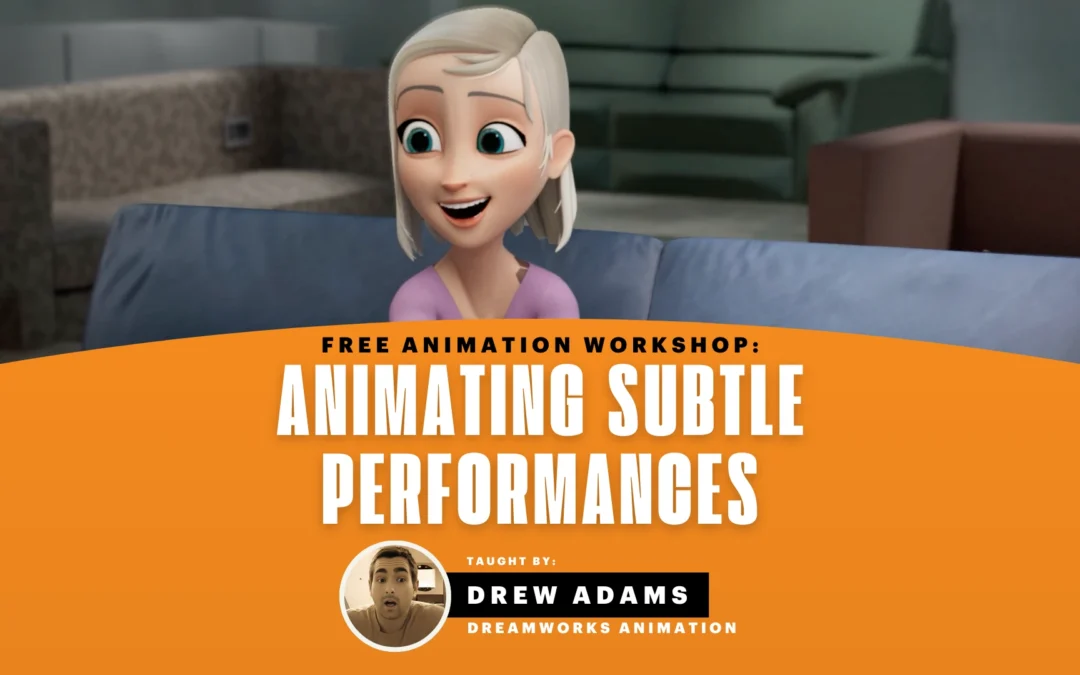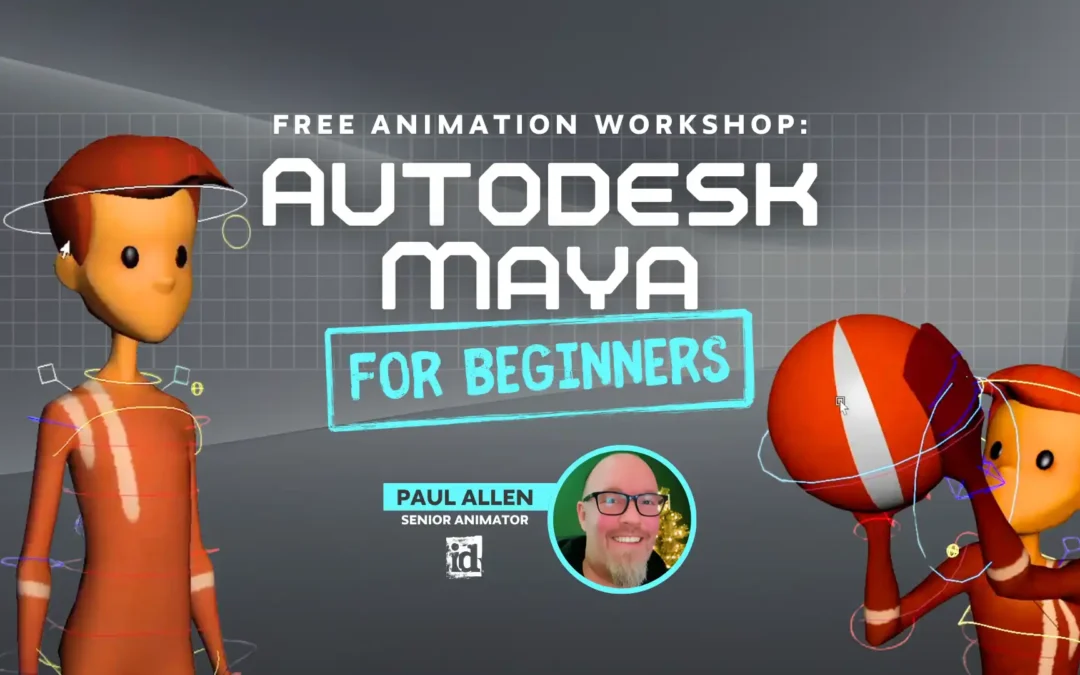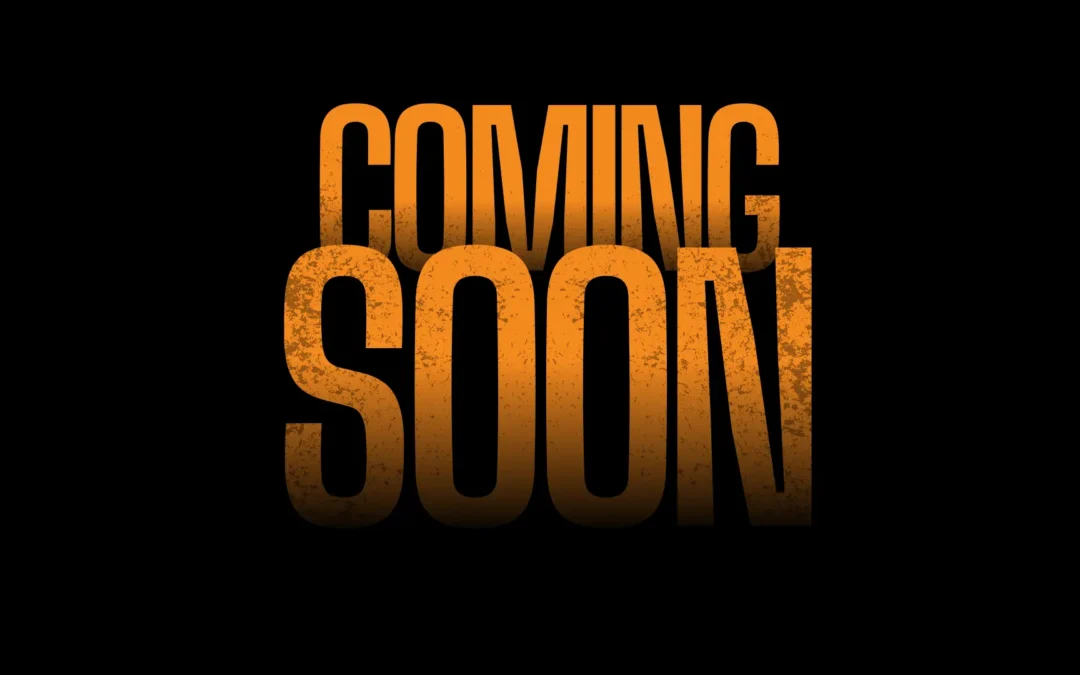
The animation industry is the business of creating myth and magic. As such, it’s not surprising that a myriad of meta-myths have arisen—easy-to-believe falsehoods about the industry itself. In preparing for their future careers, the next generation of animators and artists need not be waylaid by such rumors. Below are five common myths about the world of cartoons and the reality behind them.
Here’s another from the vaults! This post was originally published in 2008, but the advice still applies!

Myth: 2D animation is a dying art.
Nothing can be further from the truth. While 3D animation is glutting theaters across the globe, two dimensional art endures. Internationally, films like Sony Picture’s Persepolis, and Paprika continue to astound audiences with engrossing, hand-drawn cinema. Locally, Walt Disney Animation is hard at work on their 2D feature, the Princess and the Frog, while shows like Nickelodeon’s Avatar: The Last Airbender and Cartoon Network’s Chowder provide bright futures for the traditional style. Beyond television, the internet has spawned numerous opportunities for Flash-based 2D projects as well.
2017 Update: 2D is still not dead! Just because it’s not as common on the big screen—or in the US—doesn’t mean it isn’t out there and thriving. Think about every animated TV show you know and love—Bob’s Burgers, The Simpsons, Rick and Morty, etc.—all 2D animation. Need more reminders that 2D is still going strong? Read this.

Myth: It’s essential to be adept at every facet of the animation process.
To quote GI Joe, “Knowing is half the battle.” The other half is being good at what you do. Familiarity with the entire animation process can only help you, but you are being hired for a specific position. In the words of Knowledge Adventure 3D Artist Chris Marsh, “Fanning your effort and skills out to do everything the process demands only decreases your quality of work and increases production time—and that’s never good.” The animation process requires the efforts of many specialized individuals. Walt Disney didn’t achieve his whimsical empire by being the greatest animator ever, he did so by assembling the greatest animation team ever. Discover what you do best, and strive to do it better.

Myth: You want to work for a big studio.
Certainly, there’s no shame in working for a large studio. Who wouldn’t want to have Mickey Mouse on their business card? But smaller studios have their share of perks too. A smaller company gives a great artist more opportunity to shine. Networking becomes easier, and there’s more room to expand your personal style.

Myth: You should stick with a single studio for as long as possible.
Ladders—we all have the urge to climb them, especially corporate ones. But in the animation industry, sometimes it’s important to spread your artistic wings. Surely no one wants an artist who never sticks around to finish a project, but by changing studios and production companies from time to time, you make yourself better known to the animation community as a whole, networking and becoming associated with your body of work rather than your company’s. “A good stint at a company is one to three years,” says Big Bad Tomato digital storyboard artist, Sylvia T. Leung, “it shows you are committed enough to stay, but ambitious enough to leave.”

Myth: You don’t need to know how to draw.
While drawing is not necessarily a key skill set in today’s world of texture mapping and wire framing, it’s still a valuable technique in almost every step of the animation process. Putting pencil to paper, breaking down complex objects into simple shapes, and translating them into graphite blueprints will help artists of all fields better their craft. This ability will also make you more attractive to a wider number of prospective employers. Remember, even Rodin roughly sketched his figures before casting clay. There’s a reason solid drawing is one of the 12 Basic Principles of Animation!
Just as 24 drawings a second creates the illusion of motion, assumptions and opinions give the illusion of industry “facts.” Fortunately, the truth is usually quite optimistic and should give any budding artist hope for their creative and professional future.
Want to learn from professional animators?
Start your journey by learning with professional animators from a variety of major studios and career paths! Get more information about Animation Mentor’s Character Animation Courses.



